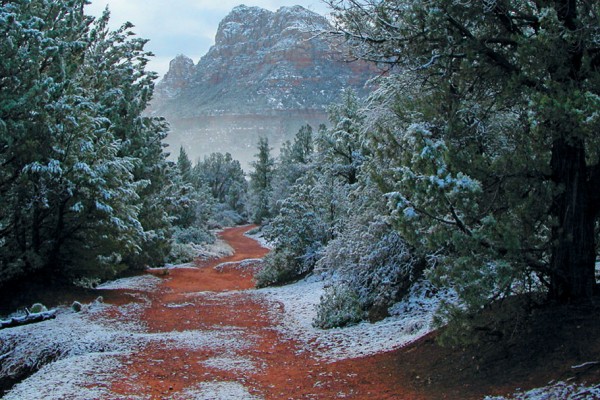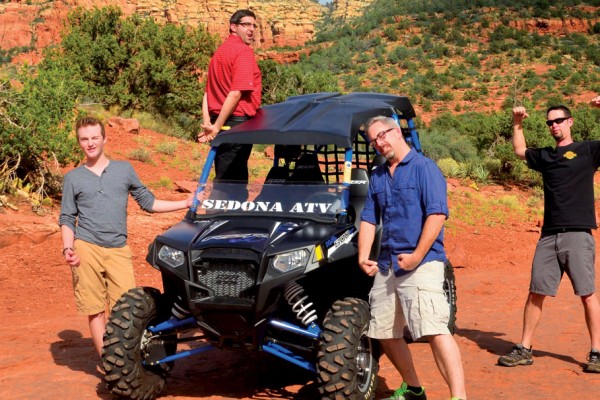Continued (page 2 of 3)
Do you have the opportunity to attend many film festivals, and what is your opinion on their role in today’s moviemaking?
I’m certainly going to a lot more than I did when my kids were in the house and more dependent. I’m usually part of it, so I don’t get to see too many films. I think film festivals are instrumental in getting small films seen and exciting the studios to invest more money or pick more films up. I think festivals are also very important for cross pollination of ideas. We’ve really lost the ability to distribute more films because it’s these corporate means of distribution. Now that some of the smaller cinemas have disappeared – independently owned cinemas – its great to go to Traverse City [and the Traverse City Film Festival] and bring films that may not get to that part of the United States if it weren’t for the festivals.
You have worked on everything from TV commercials, to feature films, to TV episodes to video games. What do you think of the increasing tendency of filmmakers to rely on computer tricks and green screens to fashion performances?
I think if entertainment is entertaining then I’m all for it. I think that both in photography and film, we’ve lost awe to a degree because you see things, and you know that it’s been artificially accomplished. When you see something extraordinary you have a tendency not to believe that it actually happened, but if you can get past that and just be entertained, I think it’s amazing. I think there’s wonderful art happening in video games these days. The lines are being blurred between all kinds of realities.
Have you ever visited Sedona?
No. I’ve been to Scottsdale, but I haven’t been to Sedona.
What’s the one question you’ve never been asked but always wanted to answer?
I have no idea [laughs]. I really don’t like giving interviews, so there’s no question I’ve been hoping someone would ask me. I always find in interviews I’m having to think about things I don’t normally think about, which is a good exercise, but I’m not a talker.
A Few Words with Waiting for Mamu and These Storied Streets Filmmaker Thomas Morgan
Thomas Morgan worked as an investment banker – dabbling with screenwriting in his free time – until he embarked on a journey to document the face of homelessness in the U.S. in 2011. The project became These Storied Streets, which was co-directed by Jack Henry Robbins, Susan Sarandon’s son. (Susan and Morgan Spurlock produced the film). While making These Storied Streets, Thomas heard the story of Pushpa Basnet and her quest to help children who were imprisoned alongside their parents in Nepal. He took a break from Streets and traveled half way around the world to film Waiting for Mamu, which was also produced by Susan Sarandon. Both documentaries will be screened at the Sedona International Film Festival. We spoke to Thomas about how these two projects came about.
Sedona Monthly: Tell us how Waiting for Mamu came about.
Thomas Morgan: I live in Charlotte, North Carolina, and we volunteer at this place called International House. It brings people from all over the world to Charlotte to study government and nonprofits and legal aspects of the U.S. We went to a dinner, and we met Pushpa [Basnet]. I asked her what she did, and she said she had an organization in Nepal that took children out of prison. She started speaking about the organization, and you could see her spirit and her excitement when she talked about her kids. I told her I wanted to make a film about it. We were just trying to finish These Storied Streets, and I had told my wife that I wouldn’t start another one until after it was done, but I broke my promise. I talked to Morgan Spurlock and Susan Sarandon. They were both amazed. That was in 2012. I had no idea how I was going to pay a crew. I found myself in the middle of Nepal thinking it was such a great story that once I showed people images, we’d be able to pull it together.



